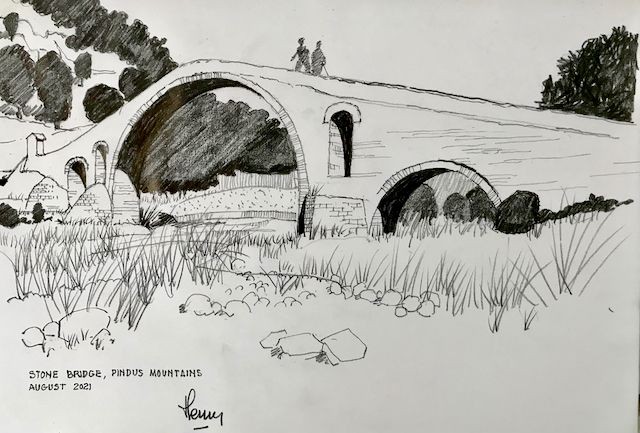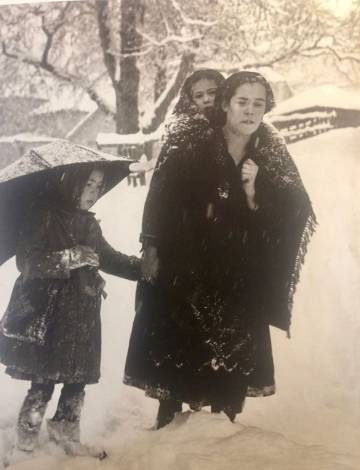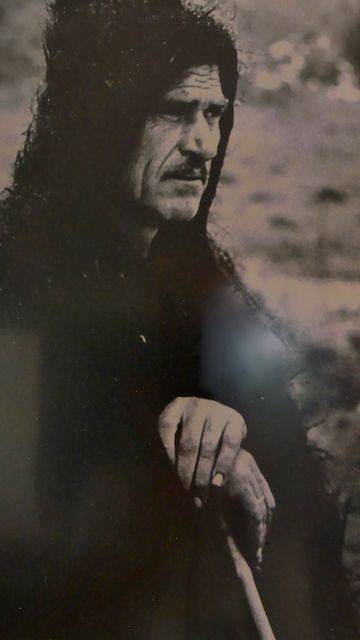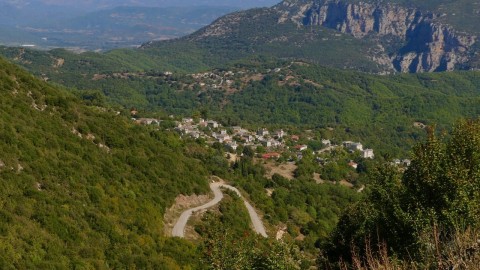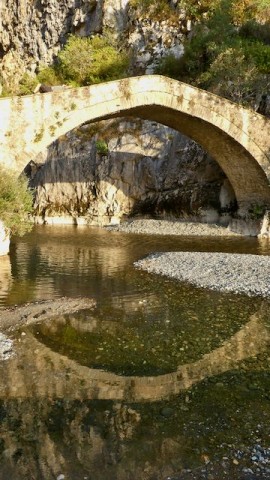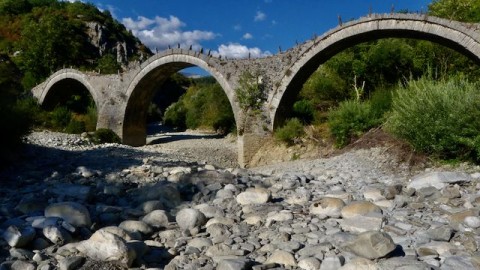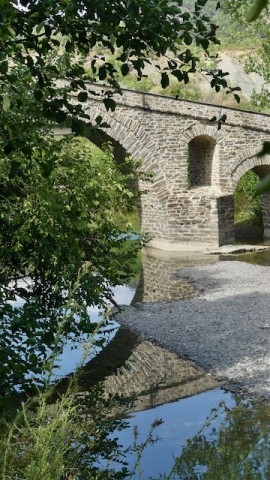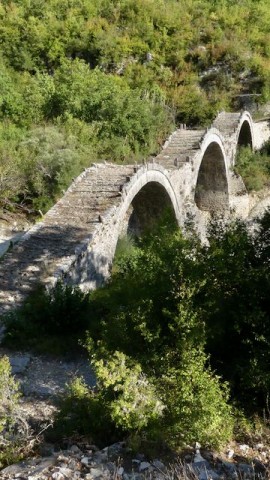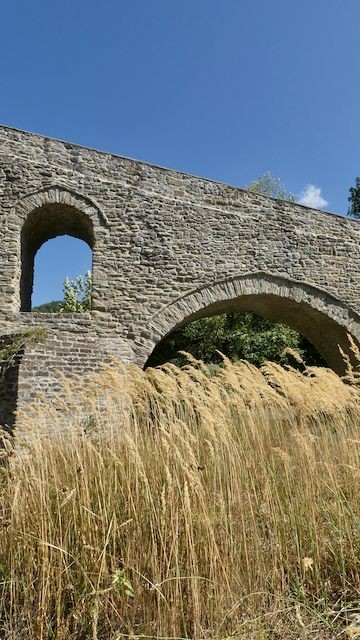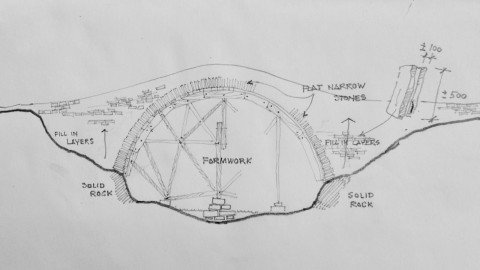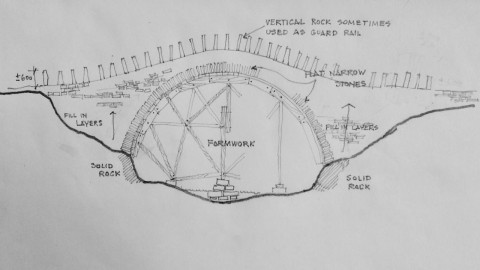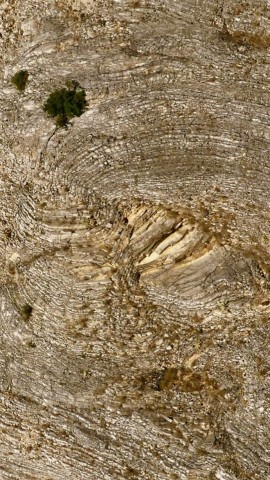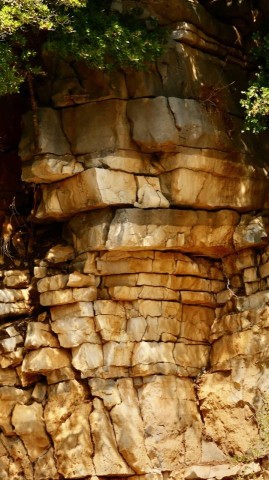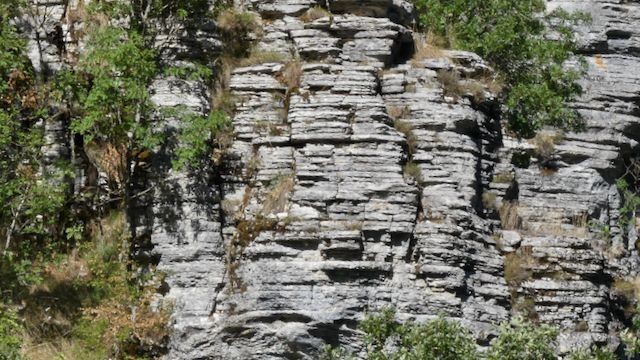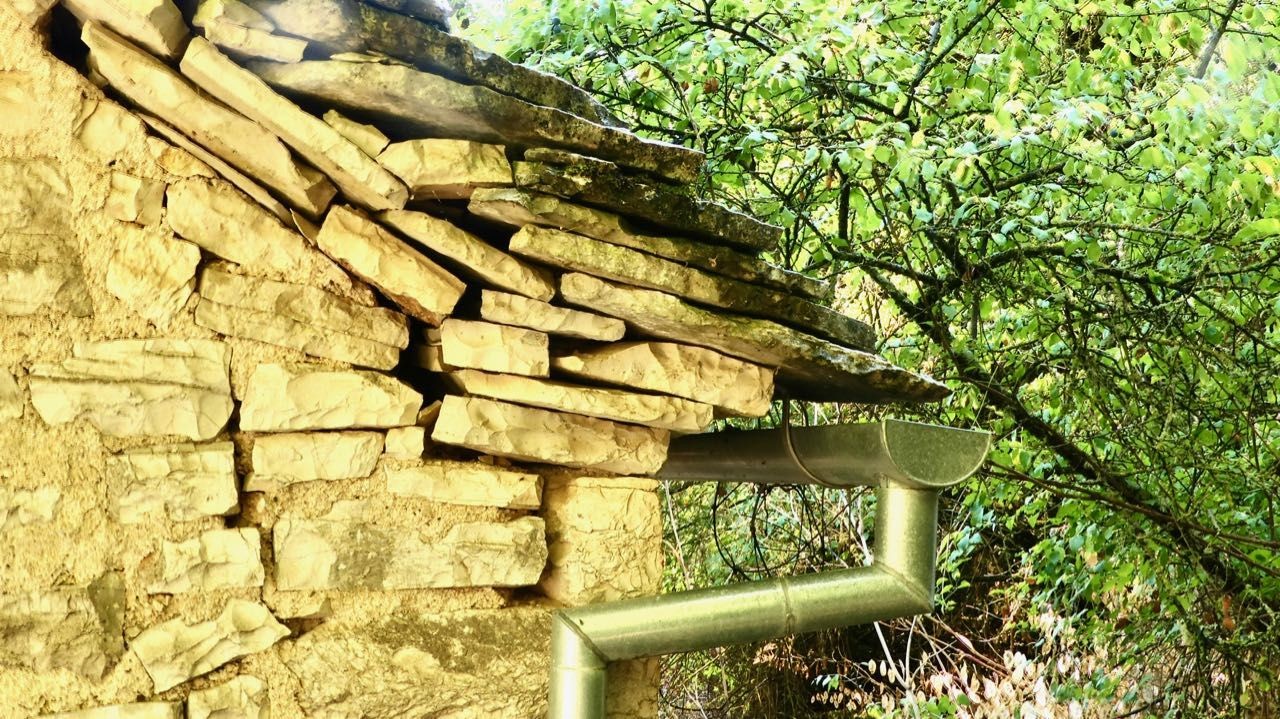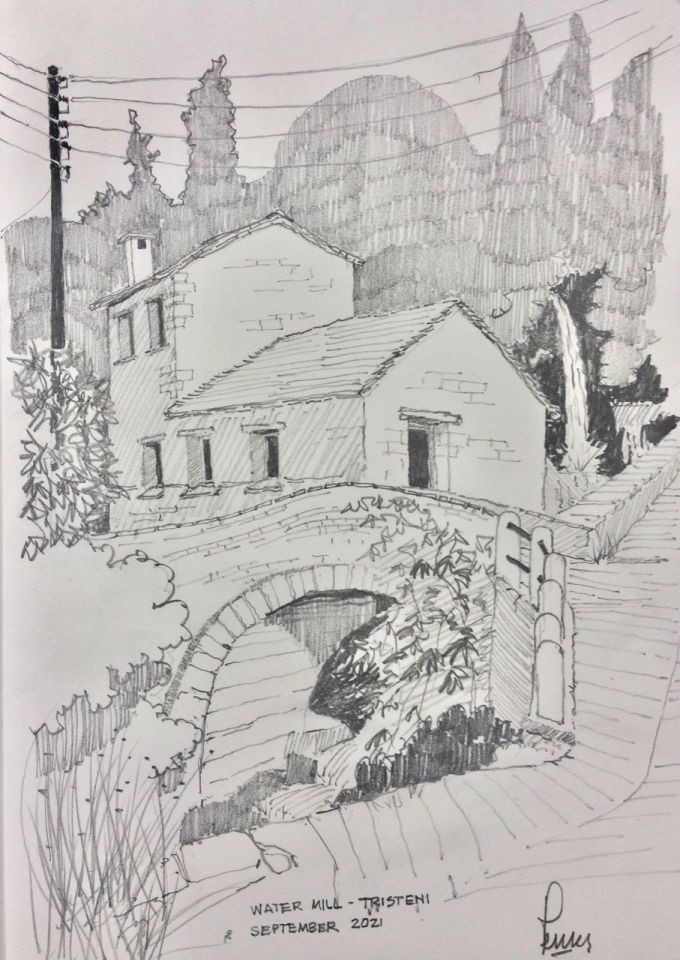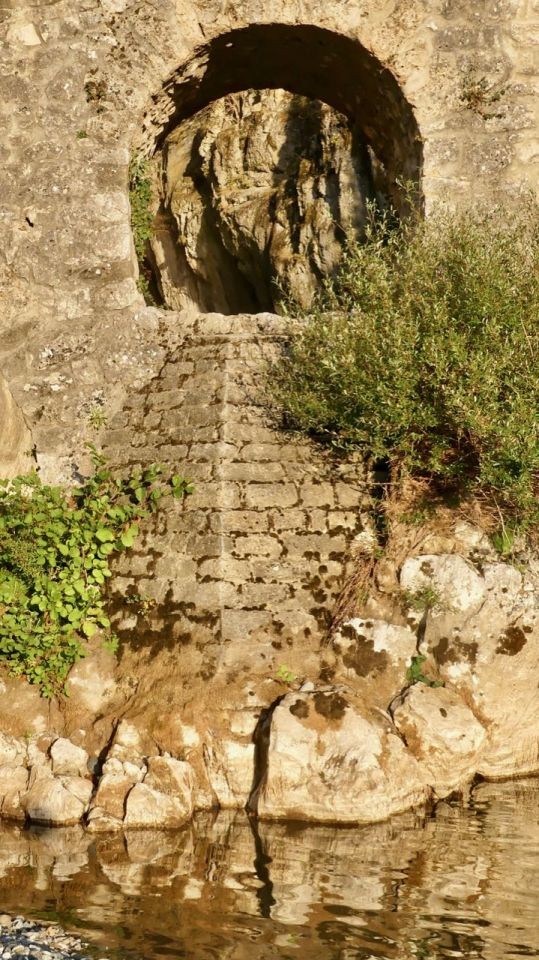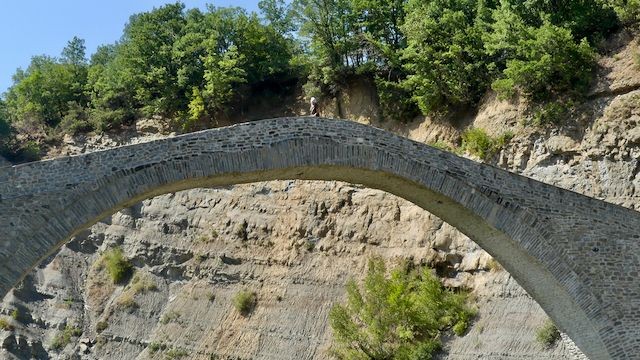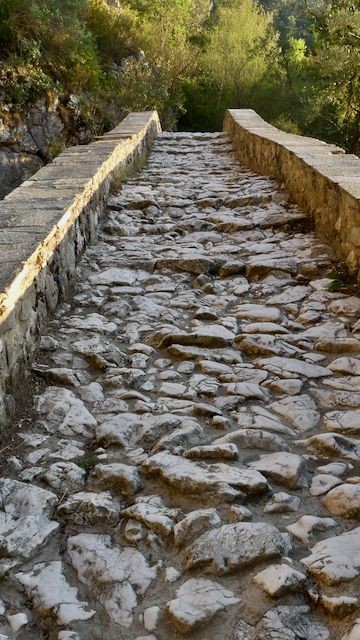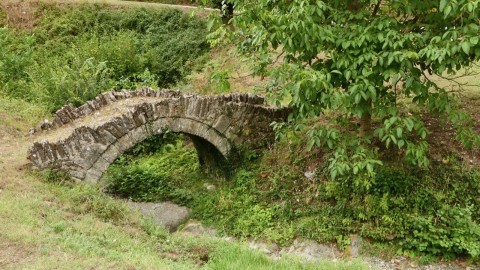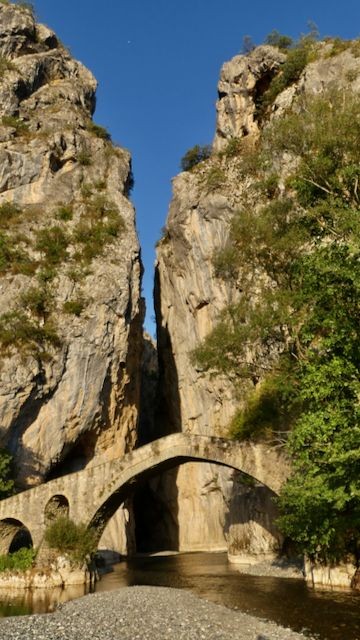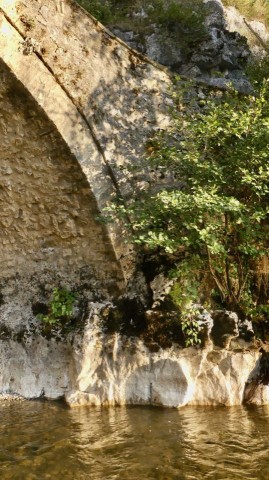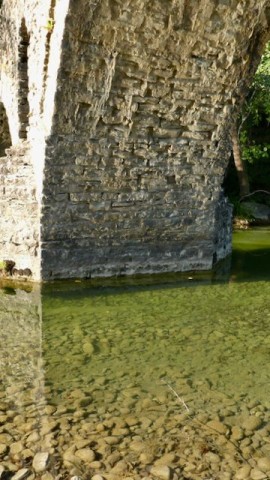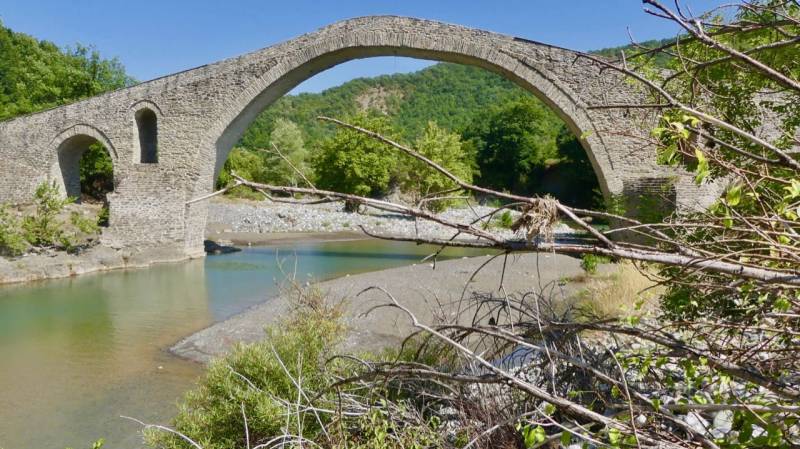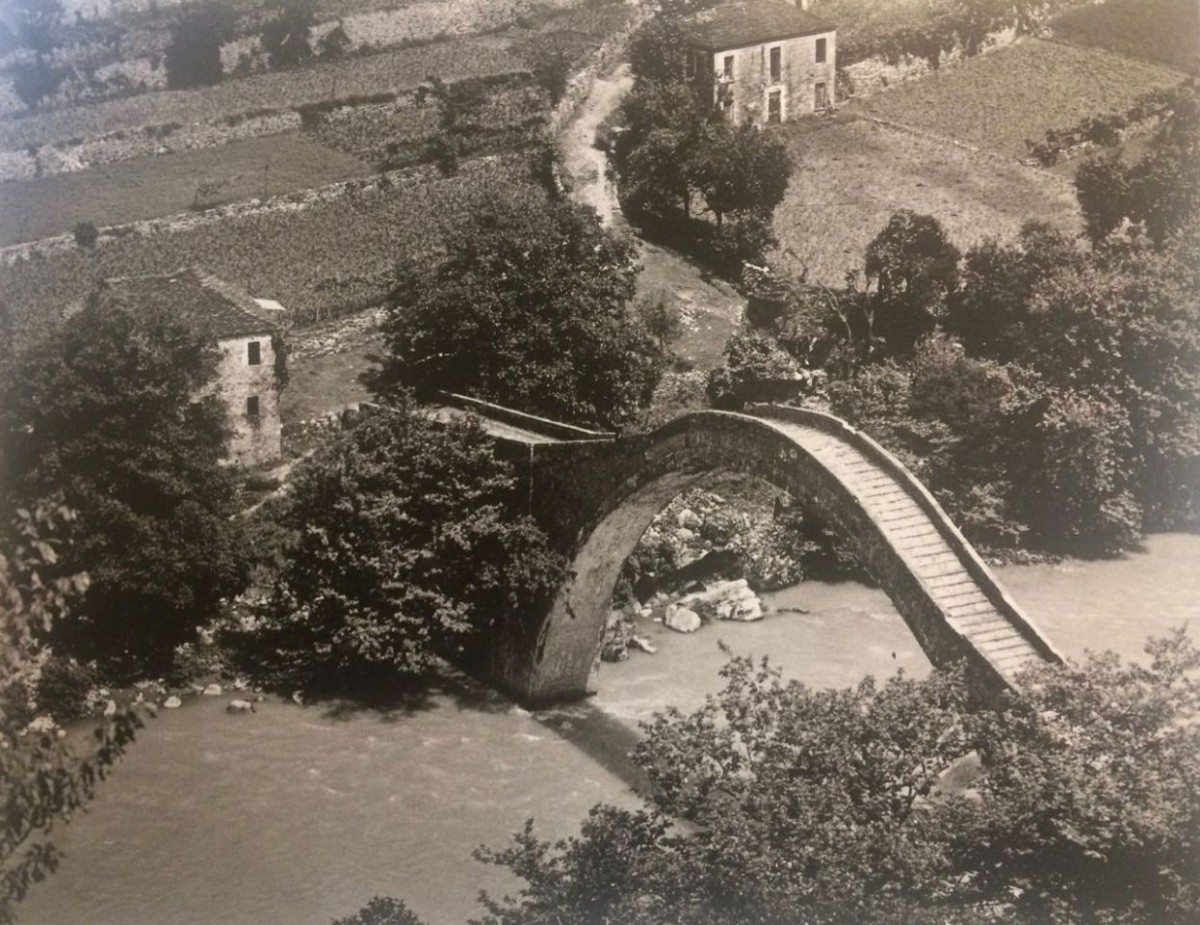Build Bridges Not Walls - Martin Luther King (Jnr)
The earthen pot surrounded by crinkly parchment arrived at our table. My mouth was drooling. Succulent lamb topped with feta, olives, wild mountain herbs and tomatoes lying on a bed of soft potatoes saturated in lemony juices. Lamb Kleftiko. My favourite dish in the whole of Greece. And what a joy to find that it is a speciality of the Zagori region of Northern Greece where we have been exploring for the past few weeks.
Let's build bridges, not walls.
by Martin Luther King Jr.
For centuries shepherds and their sheep have had to ford the raging winter streams that proliferate in the Pindus mountains of Zagori. It is sheep country and the people who live here are the decedents of shepherds. The long harsh winter is bitterly cold and it snows heavily. The old people were tough, wearing rough woollen clothes, walking everywhere through snow and over stoney rugged mountains, collecting wood to warm themselves before an open fire.
Traditionally, bandits or guerillas fighting the Ottomans and hiding out in the rugged hills would steal a lamb and cook it, wrapped in leaves and buried in a hole in the ground filled with coals and covered with earth so the fire could not be seen. How the smell of this lamb kleftiko or 'stolen lamb', did not give the game away is a mystery!
Kleftiko has remained a favourite dish for shepherds and, of course, us. We hunt down kleftiko where ever we go, and this area is the latest our hunting ground!
It is still sheep country. It is still wild with little villages of as few as 20 people connected at roughly 10km distances by winding roads that, in part, owe their history to sheep tracks.
It's autumn now and the rivers are almost dry but in two or three weeks, when the rain starts, the rivers will be impassable to hikers unless they know where the 45 old stone bridges are that used to connect the isolated villages of the region. We have been hunting them down along with the kleftiko.
The bridges are remarkable; in themselves as well as in their extraordinary settings. We spot a sign for a bridge, and off we go, winding down narrow tracks to the very bottom of gorges and valleys, our itinerary for the day forgotten. The feeling of mysticism and intrigue that wells up every time I catch a glimpse of one of these stone bridges is quite overwhelming.
I have done a bit of digging to find out more about them.
The oldest complete stone bridge in the world is in Izmir (now Smyrna) in Turkey and dates back to 850BC and is still in daily use. There are the remnants of another one in Mycenae, Greece that goes back to 1 600 BC and there is enough of it left to still be useful to the local populace. The Greeks have been at it for millenia!
The bridges of the Pindus date from the 18th to the 19th century in the main and, although built during the Turkish Ottoman occupation, were built by Greeks. The Pindus area was only re-united with Greece in 1913 when the Turks were driven out. I initially thought that the bridges must have been built by the Turks but my friend Mike Sutton queried this conclusion. He knows, he has lived here 40 years! He is right; few if any bridges were built by the then rulers of this part of Greece. They were built by Greek villagers using money donated by monks, monasteries, by the local villagers themselves, and in at least one instance, from a donation by the wife of the Turkish Pasha. Bridges were often named after the benefactor.
The stones were laid in a lime mortar such as that used by the Romans and which is exceptionally strong. Due to its ability to 'wick' moisture out of the stone, the mortar protects the integrity of the stone. The stones themselves, found on site or near it, are formed from layers of sedimentary rock called schist. The rock forms near perfect building blocks that must have been irresistible to the ancient builders; I just have to see them to want to place one on top of another. There are also nearby deposits of limestone and marble (the mountains are made of it!) as well as wood for kilns to manufacture lime mortar that the builders needed.
The same building materials were used for the buildings in the area with even the roofs being tiled with thin stones split along natural fault lines like slate. But, more of them later!
It was fascinating for me to see how the supports of the bridge were shaped like the prow of a boat, parting the rushing stream so as to avoid resistance to the water as well as standing waves. Flotsam and jetsam are swept past instead of damming the river and endangering the structure.
Under each bridge, at the apex of the arch, the remains of a rusty old chain can be seen hanging. You will see them if you look carefully at the photos. A bell was hung there which the wind tolled when it was particularly strong and travellers were thus warned to be careful crossing so as not to be blown off into the abyss.
The span of the bridges can be up to about 40m which means that the foot path is more than 20m above the river! The pavement of the bridges was made using the same stone with ridges, formed by protruding stones, at approximately 1.5 to 2.0 meter centres. They helped to prevent animals and people from slipping on the ice that covers the surface in winter. These paths are not for those with weak ankles!
We never pass one of these beautiful structures without stopping to marvel, no matter how small.


